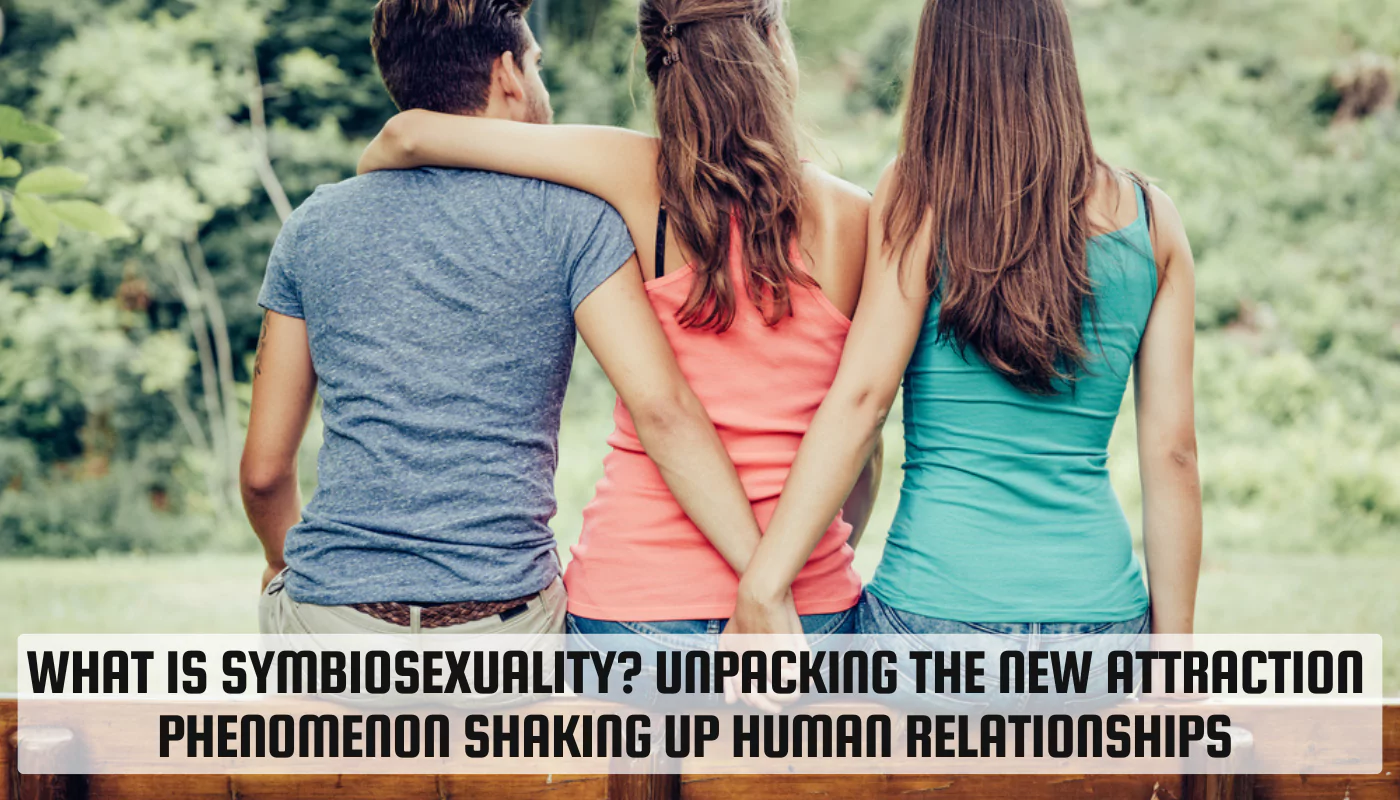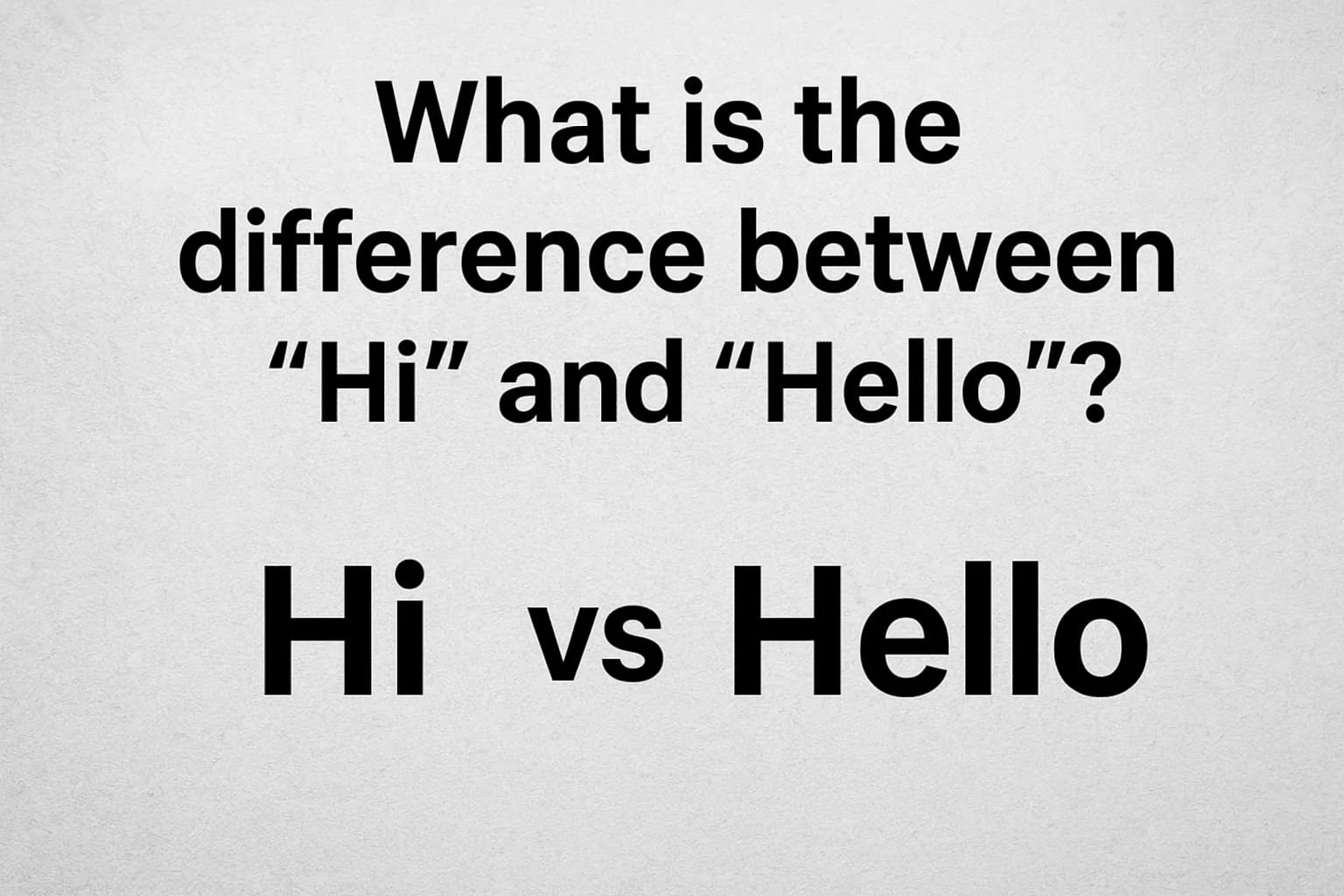What Is Symbiosexuality? Unpacking the New Attraction Phenomenon Shaking Up Human Relationships

Have you ever felt a deep connection that goes beyond the physical? Symbiosexuality, a new concept, is reshaping our understanding of attraction. This article will explore what symbiosexuality means and how it impacts relationships.
Keep reading to discover more about this intriguing phenomenon.
Exploring the Definition of Symbiosexuality
Symbiosexuality refers to a deep connection between individuals that transcends traditional attractions, focusing on energy and emotional bonds. This phenomenon differs from conventional forms of attraction by emphasizing the interconnectedness of partners beyond physical aspects.
What Does Symbiosexuality Mean?
Symbiosexuality denotes the attraction people sense in relation to the combined energy, strength, and variable dimensions within a relationship setting. This idea challenges conventional perspectives on human longing and relationships in general.
Specialists have begun considering this fresh perspective on comprehending intimacy following a Seattle University study that brought it to notice. Dr. Sally Johnston, in charge of this research, emphasizes that symbiosexuality stimulates discussions considering broader aspects than just the physical or emotional attractions.
This method proposes that for a few individuals, attraction is beyond mere physical appearance or their communication conduct, but rather links to profound aspects tied to the dynamics of a relationship.
Moving ahead, understanding symbiosexuality’s characteristic becomes central to grasp its impact on contemporary romantic bonds.
Comparing Symbiosexuality to Other Forms of Attraction
With an understanding of what symbiosexuality means, we can now explore how it contrasts with other forms of attraction. This comparison sheds light on the unique aspects of symbiosexuality.
| Attraction Type | Focus | Key Differences from Symbiosexuality |
|---|---|---|
| Traditional Sexuality | Individuals | Symbiosexuality focuses on couples as a unit, unlike traditional sexuality’s individual focus. |
| Polyamory | Multiple romantic partners | While polyamory involves multiple partners, symbiosexuality is attracted to the dynamic of established couples without the broader relationship aspects. |
| Demisexuality | Emotional connection | Although both prioritize emotional connections, demisexuality doesn’t specifically target established couples. |
| Objectum Sexuality | Objects | Symbiosexuality pertains to human couples, differentiating it from objectum sexuality’s focus on objects. |
This table illustrates how symbiosexuality challenges traditional notions by emphasizing an attraction to the collective energy and emotional bonds within a couple. Unlike Johnston’s exploration of “unicorns” in polyamorous relationships, symbiosexuality diverges by targeting established couples for their dynamic rather than seeking individual relationships or engagements. This shift indicates a broader understanding and categorization of sexual and romantic attractions in contemporary society.
Characteristics of Symbiosexuality
Symbiosexuality focuses on the energy between couples and prioritizes emotional connections over physical aspects, shaping a unique approach to attraction and relationships. It emphasizes multidimensionality in human attraction, challenging traditional power dynamics and highlighting the integrated nature of intimacy.
Focusing on the Energy Between Couples
People who identify with symbiosexuality are attracted to the unique energy exchange between a couple. They find the synergy and relational dynamics within an established relationship more appealing than the physical attributes of each individual.
This fascination emphasizes how two people interact, share mutual attraction, and create a bond that is visible and palpable to others. The energy between couples serves as the main draw for symbiosexuals, highlighting an interest in connection rather than mere appearance.
You feed off their energy, their attraction to each other, says participant Hayden about what draws her to symbiosexual attractions. This points out how individuals like Hayden appreciate the cohesiveness and interplay of energies in a relationship.
Exploring this further leads us into understanding why emotional connections matter more than physical aspects for those identifying as symbiosexuals.
Prioritizing Emotional Connections Over Physical Aspects
Transitioning from the importance of focusing on the energy between couples, symbiosexuality highlights the prioritization of emotional connections over physical aspects. Symbiosexual individuals typically seek high levels of emotional intimacy, warmth, and validation in their relationships.
Importantly, some participants express a desire for validation from multiple partners, indicating an intrinsic need to feel desired and emotionally connected. Additionally, many symbiosexual individuals report reduced likelihoods of experiencing jealousy within their relationships.
The emphasis on emotional connections over physical aspects aligns with the characteristics of symbiosexuality as it underscores a deep need for affection and care rather than predominantly physical attraction or desires.
This orientation towards emotional intimacy has been found to transcend traditional relationship norms and is often associated with extroverted individuals seeking genuine connection and affirmation within non-heterosexual dynamics.
The Role of Symbiosexuality in Relationships
Symbiosexuality plays a crucial role in shaping the dynamics of established relationships, influencing how individuals connect with their partners and prioritize emotional intimacy over physical attraction.
It presents both challenges and opportunities for symbiosexual people, fostering a deeper understanding of the multidimensional nature of human connection.
Influences of Symbiosexuality on Established Relationships
Johnston’s “Pleasure Study” revealed that 145 out of 373 participants expressed attraction to couples rather than individuals within those relationships. The research also found that third parties in symbiotic arrangements often experience objectification and poor treatment.
Johnston intends to further examine the dynamics of symbiosexual relationships, particularly their mental health implications and their impact on relationship satisfaction, with an aim to improve public understanding of this emerging identity.
This study is expected to shed light on the influences of symbiosexuality on established relationships, offering valuable insights into its potential challenges and benefits for those involved.
Challenges and Opportunities for Symbiosexual People
Symbiosexuality presents both challenges and opportunities for individuals embracing this attraction. Within nonmonogamous relationships, the prioritization of emotional connections over physical aspects may encounter significant criticism in polyamorous circles.
Moreover, society’s acceptance and recognition of symbiosexuality are limited, leading to potential stigma surrounding these relationship dynamics. However, academic studies have shown promise in reducing stigma around non-monogamous relationships, which could expand public understanding of this emerging identity.
Dr. Johnston’s research aims to improve public understanding by studying the dynamics of symbiosexual relationships. Furthermore, her work seeks to reduce stigma around both non-monogamous and monogamous relationships while expanding the discourse on sexual desire within academic studies.
This research holds potential for evolving societal perspectives and fostering a more inclusive environment for those identifying with symbiosexuality.
Cultural and Social Perspectives on Symbiosexuality
Societal Acceptance and Recognition of Symbiosexuality
How Society Recognizes Symbiosexuality and Its Portrayal in Media
How Society Accepts and Recognizes Symbiosexuality
Symbiosexuality has begun to attract attention in cultural and social discussions, reflecting a constantly changing world where diverse sexual orientations are increasingly acknowledged.
The emergence of symbiosexuality as an attraction type prompts societal introspection into the intricacies of modern relationships and love dynamics. Academic studies, such as Johnston’s research on unicorns facing stigma within polyamorous contexts, highlight the need for a customized understanding and acceptance of diverse sexual orientations.
Moreover, cultural representations are also coming to the forefront, as exemplified by Zendaya’s film _Challengers_, which features a love triangle that explores polyamory and relationship dynamics.
Such media portrayals contribute to addressing societal perspectives on symbiosexuality and fostering open dialogue around these emerging topics. As society grows more accepting of diverse attractions, there is an opportunity for ongoing discussions and increased recognition within social spheres regarding symbiosexuality’s place in contemporary human relationships.
Symbiosexuality in Media and Literature
In media and literature, symbiosexuality is depicted through popular examples such as “Tiger King,” “Gossip Girl,” and the movie “Challengers,” featuring a love triangle involving Zendaya, Mike Faist, and Josh O’Connor.
Specifically in “Challengers,” Zendaya’s character becomes the central attraction for two male characters, reflecting traditional dynamics. This exploration of symbiosexuality contributes to an ongoing conversation about the complexity of human connections.
Moving on to characteristics of symbiosexuality…
Conclusion
Symbiosexuality is redefining human attraction and relationships, challenging traditional views. This new concept prioritizes the energy shared between couples and emphasizes emotional connections over physical aspects.
It prompts experts to reconsider how we understand sexual orientation and attraction types. The phenomenon’s emergence reflects the complexity of modern human connections, sparking ongoing discussion in academic and social circles about diverse sexual orientations.
Symbiosexuality highlights the interplay between individuals and their environments, underscoring relational and contextual factors shaping our understanding of intimacy and identity in today’s society.
FAQs
1. What is symbiosexuality?
Symbiosexuality refers to a new attraction phenomenon in human relationships. It emphasizes deep emotional and physical connections between individuals.
2. How does symbiosexuality differ from traditional sexual orientations?
Unlike traditional sexual orientations, which focus primarily on gender or sex, symbiosexuality centers on the bond formed between partners. This bond can involve shared experiences and mutual growth.
3. Why is symbiosexuality gaining attention now?
Symbiosexuality is shaking up human relationships as society becomes more open to diverse forms of attraction. People seek deeper connections beyond conventional norms.
4. How can understanding symbiosexuality impact relationships?
Understanding symbiosexuality can enhance communication and intimacy in relationships. It encourages partners to explore their emotional ties, fostering stronger bonds and greater satisfaction.








